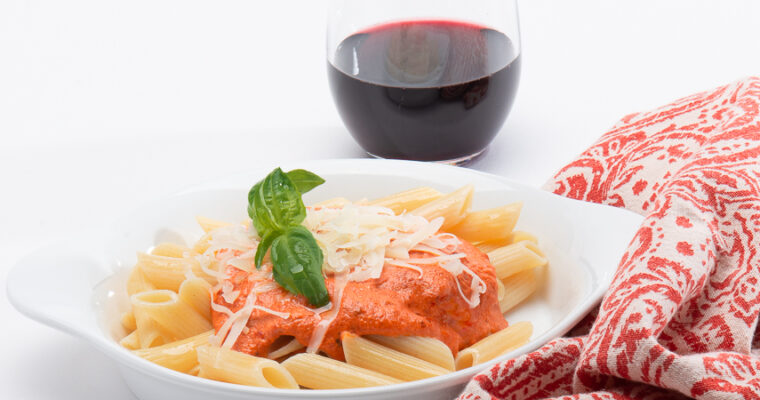Oldies But Goodies: Pasta Alla Vecchia Betolla
Every month, Blue Cayenne features one post from our archive of more than 350 recipes. Here is a Pasta Alla Vecchia Bettola recipe you won’t want to miss…again. Want to dive deeper into our recipe archive? Just click one of the categories at the top…






 Save Recipe
Save Recipe

